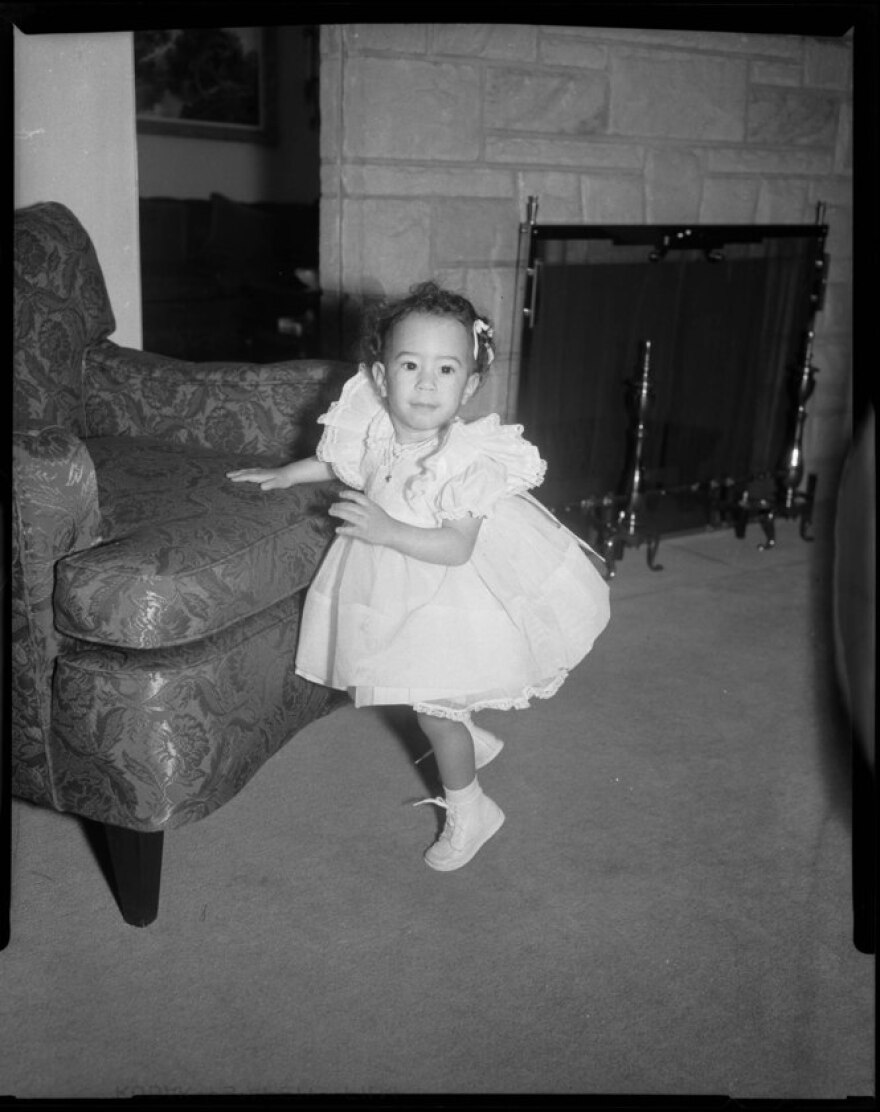Andy Warhol left Pittsburgh for New York City right after college. August Wilson departed shortly after he started writing plays. Rare among renowned artists from Pittsburgh, Charles “Teenie” Harris became famous not in spite of staying here, but because he did.
"In Sharp Focus: Charles "Teenie" Harris: Carnegie Museum of Art, 4400 Forbes Ave., Oakland
The news photographer, born in the Hill District, spent decades documenting African-American life across the city, mostly for the Pittsburgh Courier. Today, his images are known nationally. And now they have a new, permanent exhibition space at the Carnegie Museum of Art, which owns his archive of more than 70,000 negatives and prints.
Harris shot for the Courier from the 1930s well into the ’70s, and his body of work doubles as a unique and thorough document of a black community in a single city over time. His photos -- the vast majority in black-and-white -- document everything from appearances by celebrities like jazz singer Lena Horne and boxing champ Joe Louis to civic functions, barbershops and beauty salons, kids at play on the street, and the lives of local jazz musicians. He earned the nickname "One Shot" for his ability to capture a scene with a single exposure.
Without Harris, most of these moments – the everyday world of working-class and middle-class black residents for much of the 20th century -- would have remained undocumented.

“Thank goodness for Teenie Harris, because he is our evidence,” said Charlene Foggie-Barnett, the Harris archive specialist who along with archivist Dominique Luster organized the gallery. “He is our voice. He is our savior. He actually explains how we’ve made it.”
Harris died in 1998. Since acquiring his archive, in 2003, the Carnegie has exhibited his work numerous times, typically in conjunction with efforts to work with the community to identify the people, places and circumstances depicted in photos with little accompanying information. For years, selections from the archive have been continuously displayed in the long hallway gallery off the museum’s main lobby. And Harris' photos are routinely included in themed exhibits drawn from the museum's collection.
The Harris Gallery, which opened Jan. 25, on the museum’s second floor, is more than a dedicated exhibition space. Exhibitions of prints – there are three dozen in the inaugural show – are joined by an interactive display where visitors can search the digitized version of Harris’ archive for themselves. There’s also a display of Harris’ iconic Graflex large-format camera, to help visitors from the smartphone era (or, indeed, the Instamatic era) understand what it was like to make photos back in the day. (Harris developed all his negatives and made his prints himself.)
The gallery’s feel, with couches for visitors, is in keeping with what Harris wanted, said Foggie-Barnett – who herself grew up getting photographed by Harris, who was a family friend and a neighbor in Homewood (where he lived most of his life).
"One of the things Teenie really wanted was for this to be a living, breathing archive"
“One of the things Teenie really wanted was for this to be a living, breathing archive,” she said. “He didn’t want it to just be kind of put up for people to look at and then tucked away. He wanted it to create conversation and for people to see themselves.”
The opening exhibit is “In Sharp Focus,” a themed selection of prints of images taken throughout his career: soldiers gathered at a ball field; construction workers digging up pavement Downtown; a studio portrait of an elegant woman in a fur stole; youthful roller-skaters; a Baptist baptism in the Allegheny River; a portrait of Cecile Springer, a black chemist, in her lab at the University of Pittsburgh, in 1961; family members mourning a murder victim on a Hill District Street. Celebrities captured include Jackie Robinson, tying his spikes on the field during his first year in the majors, and boxer Jersey Joe Walcott, sitting in a barbershop with a young boy on his lap.
The photos explore themes including social networks in the African-America community. One image depicts an outdoor, night-time procession in an African-American Masonic lodge – a secret rite, said Foggie-Barnett, that it’s clear the Masons trusted Harris enough to witness.
Another image depicts a woman holding a baby and a sign protesting, in 1963, conditions in her black neighborhood: “Do your children live like this in Squirrel Hill?” In a shot from the 1950s, a smiling little girl in a store clutches a baby doll – but it, and all the doll parts in a nearby glass case, are white-skinned.

A photo shot in 1949, in Homewood, depicts two little girls and an elderly woman: Sabre “Mother” Washington, who was born into slavery. “You wonder what she's saying to these girls, and they all look so happy. It's a beautiful shot,” says Foggie-Barnett.
Admission to the Teenie Harris Gallery is included in admission to the Carnegie. For more information on the Teenie Harris archive, see here.
WESA receives funding from the Carnegie Museum of Art.








